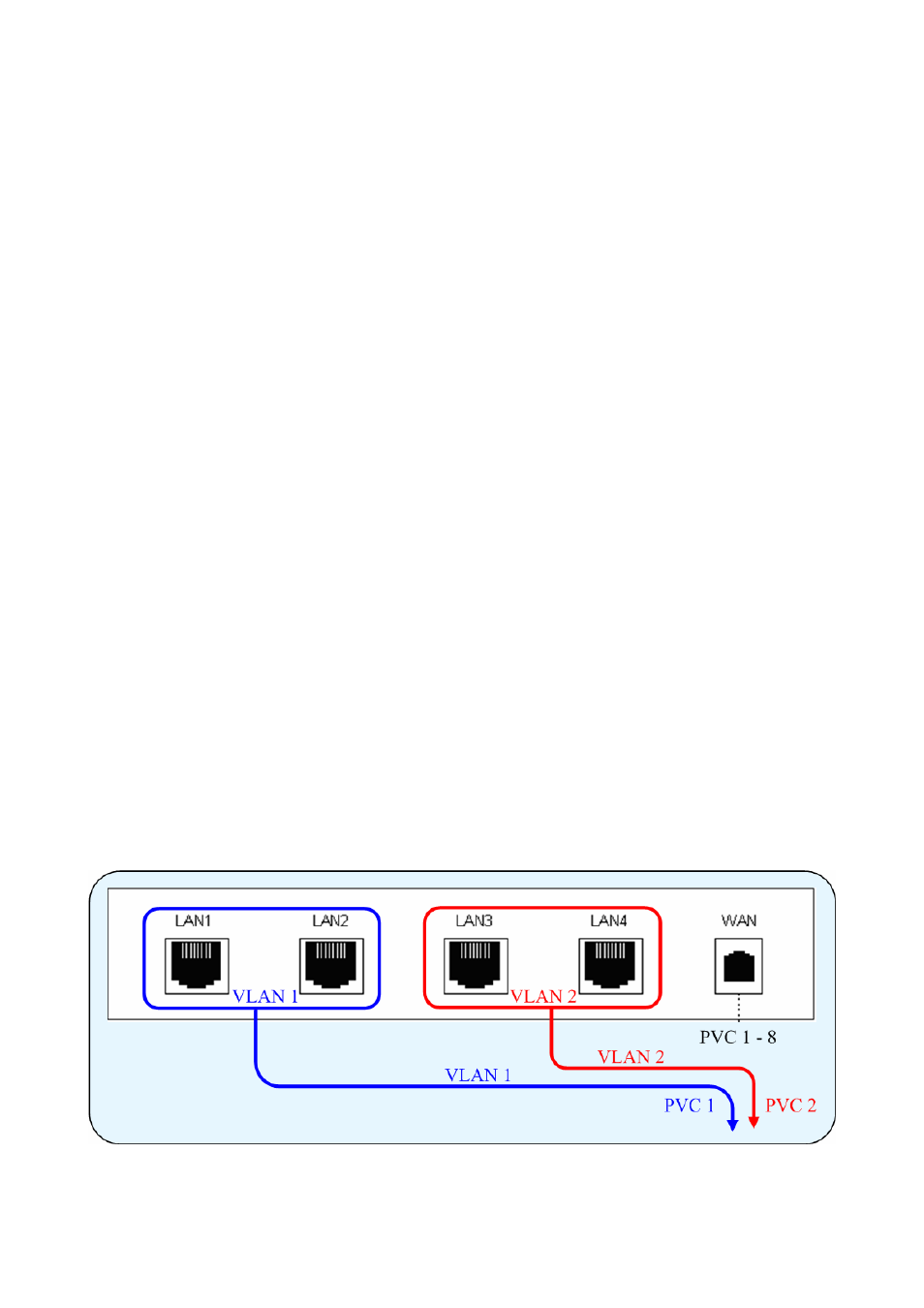Rame, Pecification, Pplications – PLANET GRT-501 User Manual
Page 43

GRT-501 G.SHDSL.bis Bridge Router User’s Manual
- -
42
Frame Specification
An untagged frame or a priority-tagged frame does not carry any identification of the VLAN
to which it belongs. Such frames are classified as belonging to a particular VLAN based on
parameters associated with the receiving port. Also, priority tagged frames, which, by
definition, carry no VLAN identification information, are treated the same as untagged
frames.
A VLAN-tagged frame carries an explicit identification of the VLAN to which it belongs; i.e.,
it carries a tag header that carries a non-null VID. This results in a minimum tagged frame
length of 68 octets. Such a frame is classified as belonging to a particular VLAN based on
the value of the VID that is included in the tag header. The presence of the tag header
carrying a non-null VID means that some other device, either the originator of the frame or
a VLAN-aware bridge, has mapped this frame into a VLAN and has inserted the
appropriate VID.
The following figure shows the difference between a untagged frame and VLAN tagged
frame, where the Tag Protocol Identifier (TPID) is of 0x8100 and it identifies the frame as a
tagged frame. The Tag Control Information (TCI) consists of the following elements: 1) User
priority allows the tagged frame to carry user priority information across bridged LANs in
which individual LAN segments may be unable to signal priority information (e.g.,
802.3/Ethernet segments). 2) The Canonical Format Indicator (CFI) is used to signal the
presence or absence of a Routing Information Field (RIF) field, and, in combination with the
Non-canonical Format Indicator (NCFI) carried in the RIF, to signal the bit order of address
information carried in the encapsulated frame. 3) The VID uniquely identifies the VLAN to
which the frame belongs.
Applications
1. Port Based VLAN
Port Based VLAN Example
